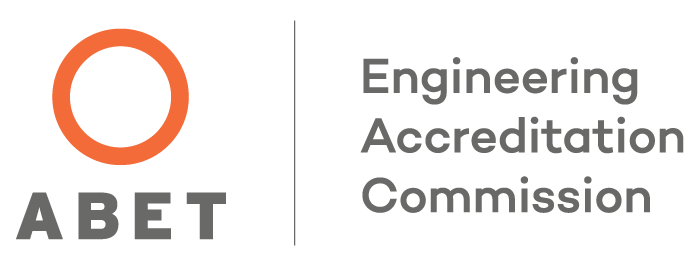For third straight time, SailBot team snags 2nd place at International Robotic Sailing Regatta
Virginia Tech’s SailBot team recently took home second place honors at the International Robotic Sailing Regatta. The Hokies have proven to be a worthy contender in the annual unmanned robotic sailboat race, holding on to the runner-up position the past three years of competition.
The regatta, open to robotic sailing teams from secondary schools, university and graduate programs, tasks teams with designing and building an unmanned sailboat able to navigate through a variety of challenges with limited, if any, human control. Students apply their engineering knowledge in multi-disciplinary missions that require mechanical, electrical, software and engineering management skills to deal with a highly variable environment.
“Our team currently operates on a two-year design cycle, with a new boat competing each year,” explained recent aerospace and ocean engineering graduate Jason Provost. “The first year of the cycle is spent on design, and construction of the hull, keel and sail, while the second year focuses on the electronics and mechanical work, and development of autonomous systems.”
Provost, along with fellow aerospace and ocean engineering graduate Matt Brown, served as co-leads of Virginia Tech’s undergraduate team this past year. Housed in the Joseph F. Ware Jr. Advanced Engineering Laboratory, the SailBot team designed and built their boat, Theseus, during the Fall semester of 2021. To compete within the SailBot class at competition, their boat measured just under two meters, or six feet long. The hull and rudders were constructed out of fiberglass and resin, and their custom designed keel was commissioned by Virginia Tech’s on-campus foundry.
One unique feature of Theseus is the solid sail. “We’ve been using a hard sail as opposed to a traditional fabric sail seen on most sailboats,” said Brown. “The composite sail is enticing to our aerospace engineering counterparts, as it is similar in shape to an airfoil found in airplane wings. Called a reef design, the lower two-thirds of the piece serves as the mainsail, with the top third designed for lower wind conditions to better catch the wind and provide some driving force.”
Throughout the five day regatta, held this year on Lake Attitash in Amesbury, Massachusetts, teams were judged on presentations, fleet races to demonstrate the remote control system and the boat’s performance, a long distance/endurance event, and challenges in station keeping and transporting payloads.
Nine Virginia Tech undergraduates traveled to Massachusetts for the competition. Sailing conditions were rough at the beginning of the week, as the weather on Lake Attitash was unseasonably cold with high winds. As the week progressed, the lake became a bit more calm for the seven competing teams.
Virginia Tech faced contenders from Cornell University, Worcester Polytechnic Institute, the University of Pittsburgh, Memorial University of Newfoundland and high school teams from Newburyport High in Massachusetts and Kehillah Jewish High School in California.
Winning the fleet races were the key to victory, as the Virginia Tech team finished just 1.1 point shy of the winning team from Newburyport High. According to Brown, one goal for next year’s competition will be to continue refining the autonomous systems and increase reliability of the electronic and mechanical systems aboard.

Interested in sponsoring the VT SailBot team? Gifts to design teams make a powerful impact, supporting experiential learning and helping undergraduate students prepare as they design, build, and compete on a national stage.



